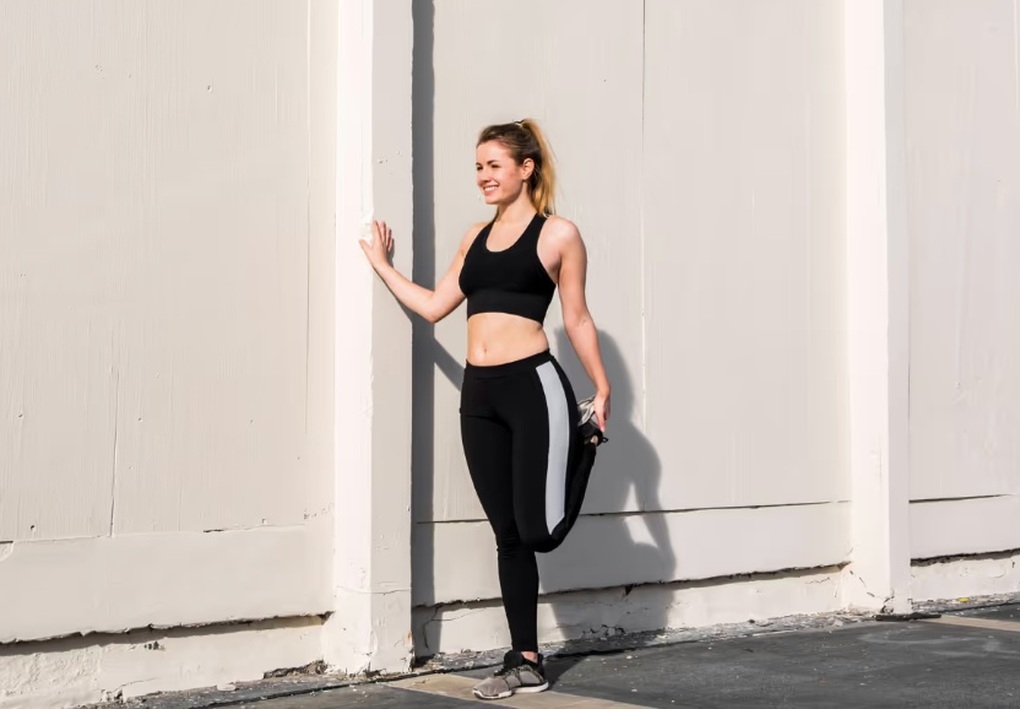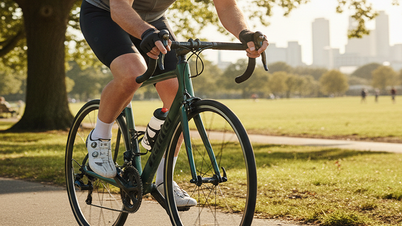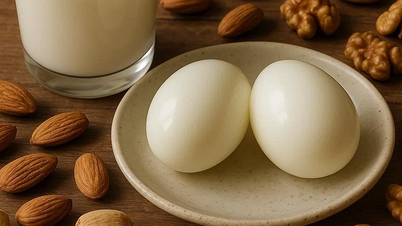While high-intensity workouts can cause joint pain or require longer recovery times, walking is a gentle yet effective way to burn calories and reduce body fat. Walking requires very little equipment but offers a variety of health benefits that go far beyond weight loss.
Research shows that a regular walking routine can help reduce waist circumference and body fat percentage, especially when combined with a sensible diet. This guide will explore how to turn simple walking into a powerful weight loss tool that adapts to your changing body and delivers impressive results.
Why is walking an effective weight loss tool for women over 40 ?
According to Reverse Health , as estrogen levels fluctuate during perimenopause and menopause, you'll notice a difference in fat redistribution, especially in the abdominal area.
Walking addresses this challenge head-on by activating large muscle groups that burn significant calories while being gentle on joints, which have become more sensitive than in youth.

Walking regularly helps you lose weight (Photo: Reverse Health).
Studies show that walking for 50-70 minutes, three times a week, can reduce body fat by about 1.5% and shrink waist circumference by more than 2.5cm. Walking also boosts metabolism throughout the day, not just during exercise.
But the great thing about walking is that you can easily do it every day, anywhere.
Unlike high-intensity workout programs that often lead to burnout or injury, walking can become a sustainable, long-term habit. It requires no special equipment other than supportive shoes and offers flexibility in time, location, and intensity.
Walking is a practical exercise solution that produces noticeable weight loss results when done intentionally and consistently.
How to Optimize Weight Loss by Walking
Did you know that walking is more than just putting one foot in front of the other? The difference between regular walking and strategic walking for weight loss can mean burning hundreds of extra calories each week.
Research shows that walking at a slightly breathless pace burns significantly more calories than walking at a comfortable pace. When combined with proper nutrition, walking creates the calorie deficit necessary for sustained fat loss.
You can also break up your walks into shorter segments throughout the day if you're pressed for time. In fact, some studies show that multiple shorter walks can actually burn more fat than one longer walk.
Ideal walking speed for burning fat
The optimal walking pace for weight loss is in what exercise physiologists call the “fat-burning zone,” which is typically around 60-70% of your maximum heart rate. This is roughly the speed at which carrying on a conversation becomes a little difficult, but not impossible.
A practical way to determine this sweet spot is the speech test. When walking, you should be able to speak in short sentences but not comfortably speak in long sentences. If you can easily converse without getting out of breath, you need to speed up. If you can barely speak, you may be pushing yourself too hard.
There is no universal fat burning rate. It also depends on your health and fitness level. You can try using a fitness tracker to monitor your heart rate and keep it at your ideal fat burning rate, gradually increasing the time as your fitness improves.
How many steps a day to lose weight?
The magic number often touted in health circles is 10,000 steps a day. This goal originated from a Japanese pedometer marketing campaign in the 1960s, not from scientific research. However, recent studies support aiming for around this number when weight loss is the primary goal.
But don't be discouraged if 10,000 steps seems too far out of reach at first. Any increase in daily steps beyond your current baseline will be beneficial. The key is consistency, not reaching the perfect number right away.
Small changes like parking further away, taking the stairs instead of the elevator, or walking while making phone calls will quickly add up to 10,000 steps a day without any specific workout. Before you know it, you’ll start hitting 10,000 steps a day without even realizing it.
Best walking terrain for maximum results
Not all walking paths are created equal. The surface and slope of the path significantly affect the calories you burn and the muscle groups you use.
For best results, walk uphill. Walking uphill activates three times more muscle fibers than walking on flat ground and burns up to 60% more calories. This happens because your body has to work against gravity, engage more of your glutes and hamstrings, and increase your heart rate.
Walking on different terrains also challenges your body in different ways. Walking on sand requires 2.1 to 2.7 times more energy than walking on a hard surface at the same speed. The instability forces your muscles to work harder to maintain balance.
Similarly, walking on trails with uneven surfaces will activate more stabilizer muscles in the legs and core.
Weather conditions also affect the intensity of your walk. Walking against a wind helps burn calories, as does walking in colder weather when the body has to work harder to maintain body temperature. Walking indoors is an alternative when the weather prevents you from doing your usual walking routine.
Varying your walking environment also helps keep your mind focused, avoiding the boredom that often leads to skipping a workout. Alternating between neighborhood sidewalks, nature trails, indoor running tracks, and hilly parks throughout the week helps maintain both physical and mental stimulation.
Source: https://dantri.com.vn/suc-khoe/sau-tuoi-40-chi-di-bo-co-giup-giam-mo-bung-20250906124710317.htm

































![[Photo] Nhan Dan Newspaper displays and solicits comments on the Draft Documents of the 14th National Party Congress](https://vphoto.vietnam.vn/thumb/1200x675/vietnam/resource/IMAGE/2025/10/26/1761470328996_ndo_br_bao-long-171-8916-jpg.webp)








































































Comment (0)